Marine Natural Products from Indonesian Waters
- PMID: 31248122
- PMCID: PMC6627775
- DOI: 10.3390/md17060364
Marine Natural Products from Indonesian Waters
Abstract
Natural products are primal and have been a driver in the evolution of organic chemistry and ultimately in science. The chemical structures obtained from marine organisms are diverse, reflecting biodiversity of genes, species and ecosystems. Biodiversity is an extraordinary feature of life and provides benefits to humanity while promoting the importance of environment conservation. This review covers the literature on marine natural products (MNPs) discovered in Indonesian waters published from January 1970 to December 2017, and includes 732 original MNPs, 4 structures isolated for the first time but known to be synthetic entities, 34 structural revisions, 9 artifacts, and 4 proposed MNPs. Indonesian MNPs were found in 270 papers from 94 species, 106 genera, 64 families, 32 orders, 14 classes, 10 phyla, and 5 kingdoms. The emphasis is placed on the structures of organic molecules (original and revised), relevant biological activities, structure elucidation, chemical ecology aspects, biosynthesis, and bioorganic studies. Through the synthesis of past and future data, huge and partly undescribed biodiversity of marine tropical invertebrates and their importance for crucial societal benefits should greatly be appreciated.
Keywords: biodiversity; biogeography; bioorganic chemistry; biosynthesis; chemical synthesis; cytotoxicity; enzyme inhibitor; structural revision; structure elucidation.
Conflict of interest statement
The authors declare no conflict of interest.
Figures









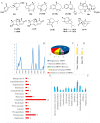


















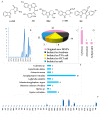



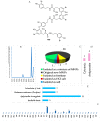



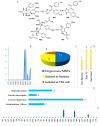


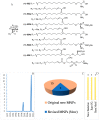







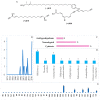
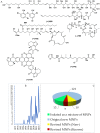



References
-
- Nicolau K.C., Montagnon T. Molecules that Changed the World. Willey-VCH; Weinheim, Germany: 2008. pp. 9–319.
-
- Hoffmann R.W. Classical Methods in Structure Elucidation of Natural Products. Willey-VCHA; Zürich, Switzerland: 2018. pp. 1–259.
-
- Blunt J., Buckingham J., Munro M. Taxonomy and Marine Natural Products Research. In: Fattorusso E., Gerwick W.H., Tagliatela-Scafati O., editors. Handbook of Marine Natural Products. Volume 1. Springer; New York, NY, USA: 2012. pp. 3–54.
Publication types
MeSH terms
Substances
Grants and funding
LinkOut - more resources
Full Text Sources
Miscellaneous

